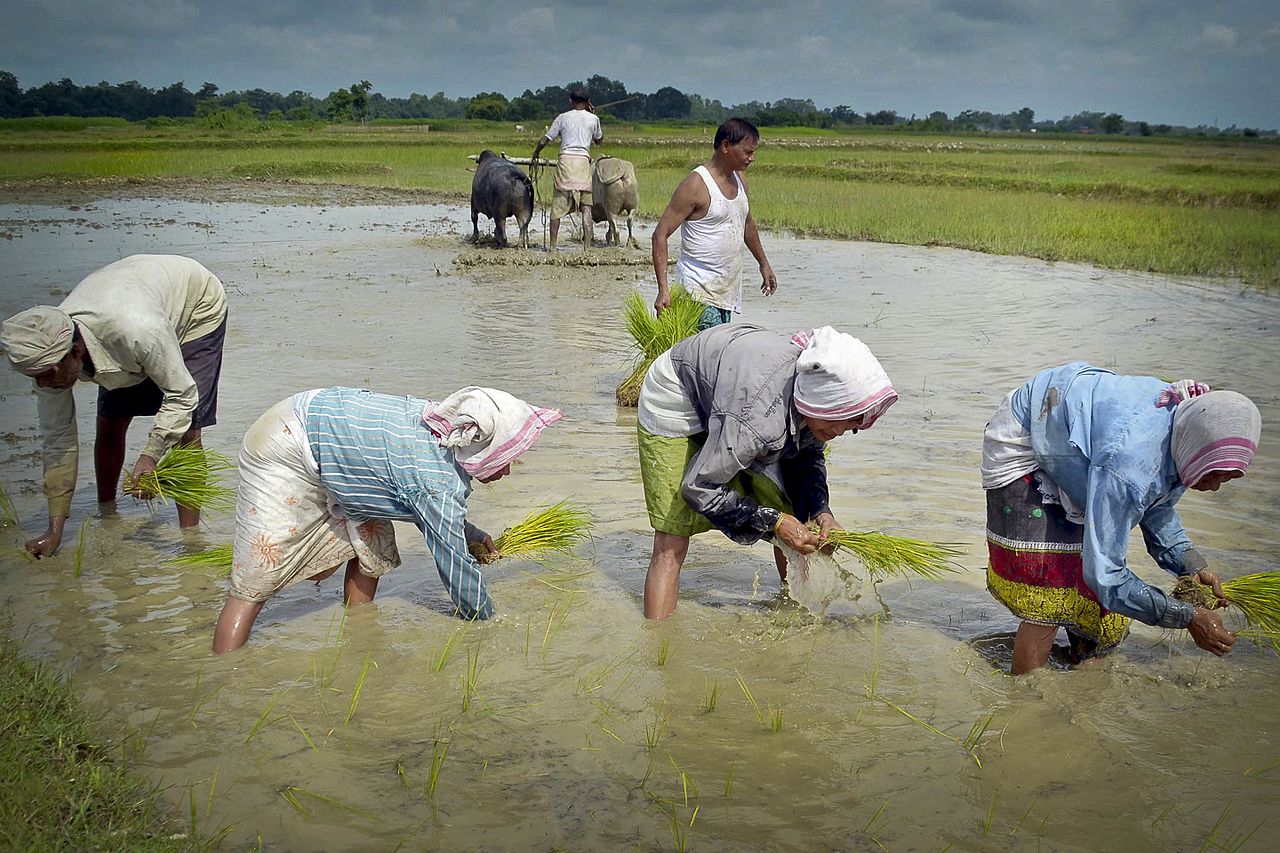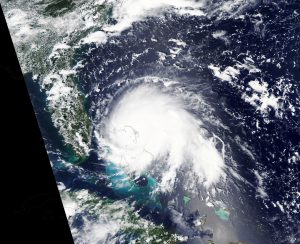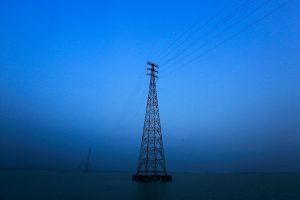India is now experiencing the tail end of a monsoon that has seen both severe water scarcity and massive floods. While the fluctuation in rainfall brought on by climate change has been an issue for some years now, recent data on this year’s monsoon released by the India Meteorological Department paints a striking portrait of how wide these divergences are.
The chart showing rainfall on September 4, 2019 in various states, compared to the amount of rainfall through the time period June 1 – September 4, is of special note. On that day Chandigarh received 19.6 mm of rain when the average amount would have been 0.9 mm. This was an excess percentage of 2,072%. What is most striking is not just this huge variation, but that the overall rainfall Chandigarh received from June 1 to September 4 was 595.9 mm, or 18% less than the average amount of 722.6 mm.

This is classified as “normal” by the IMD which means a fluctuation of 19% over or under the average. But, with the large variations on specific days, the monsoon would have been anything but “normal” for those that experienced it.
With this basis we can look at the wider spread of how the states experienced rainfall. Across all the districts in India (683 in total), 298 or 44% received “normal rainfall”. The next largest number of districts 220, or 32% of the total, received deficient rainfall, classified as 20%-59% less than normal. 114 (17%) received excess rainfall (20%-59% higher than average), 28 (4%) received large excess rainfall (60% or more than average), and 18 (3%) districts received large deficient rainfall (60%-99% less than the usual).

These are such large divergences from “normal” that the very idea of what the monsoon is, is being called into question.
Maybe the most important picture comes from a week by week breakdown of rainfall divergences across all districts. Bear in mind the green squares are of normal rainfall (-19% to 19% extra). This is the crisis that Indian farmers, many of them reliant on rainfed agriculture, find themselves faced with.


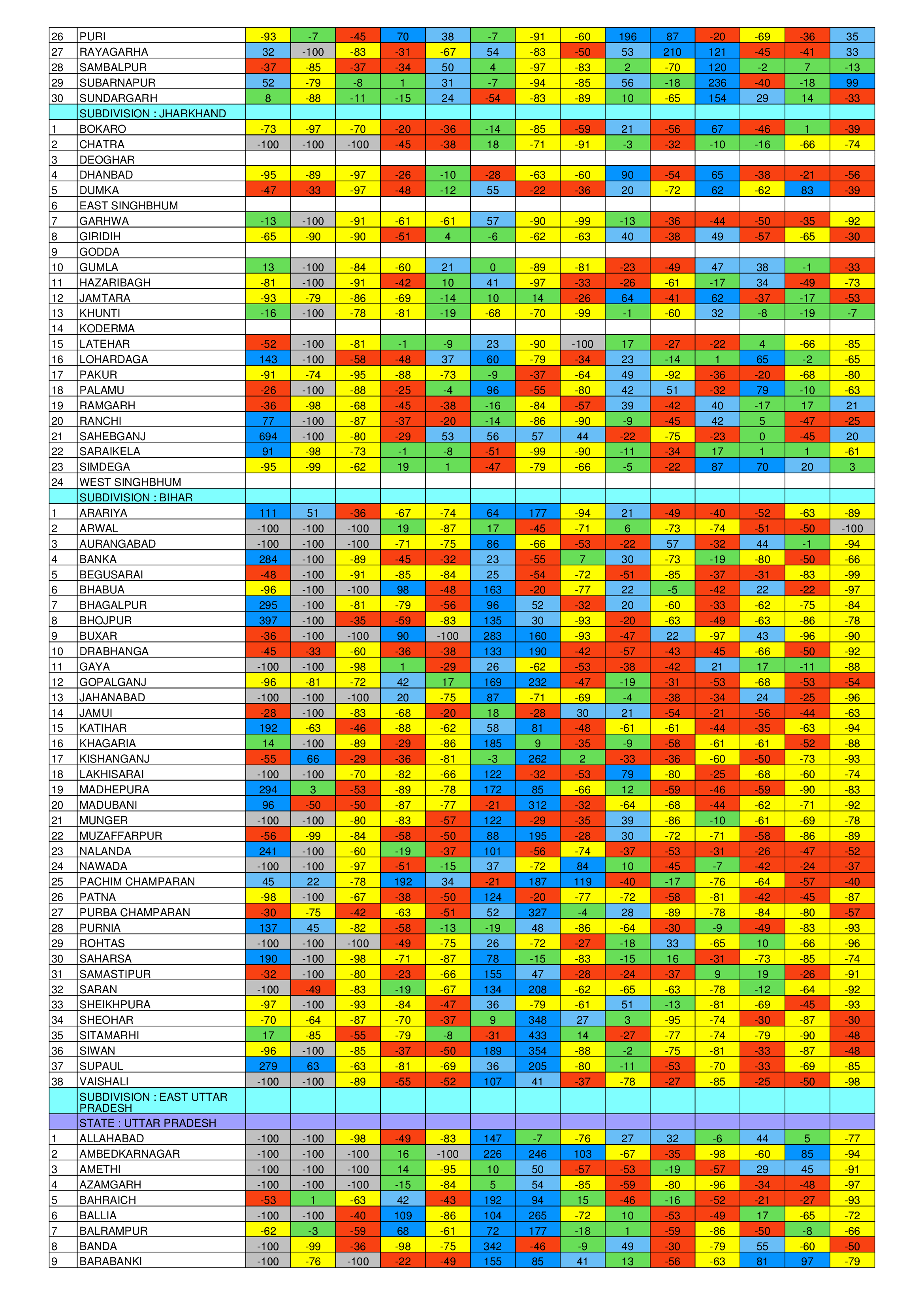
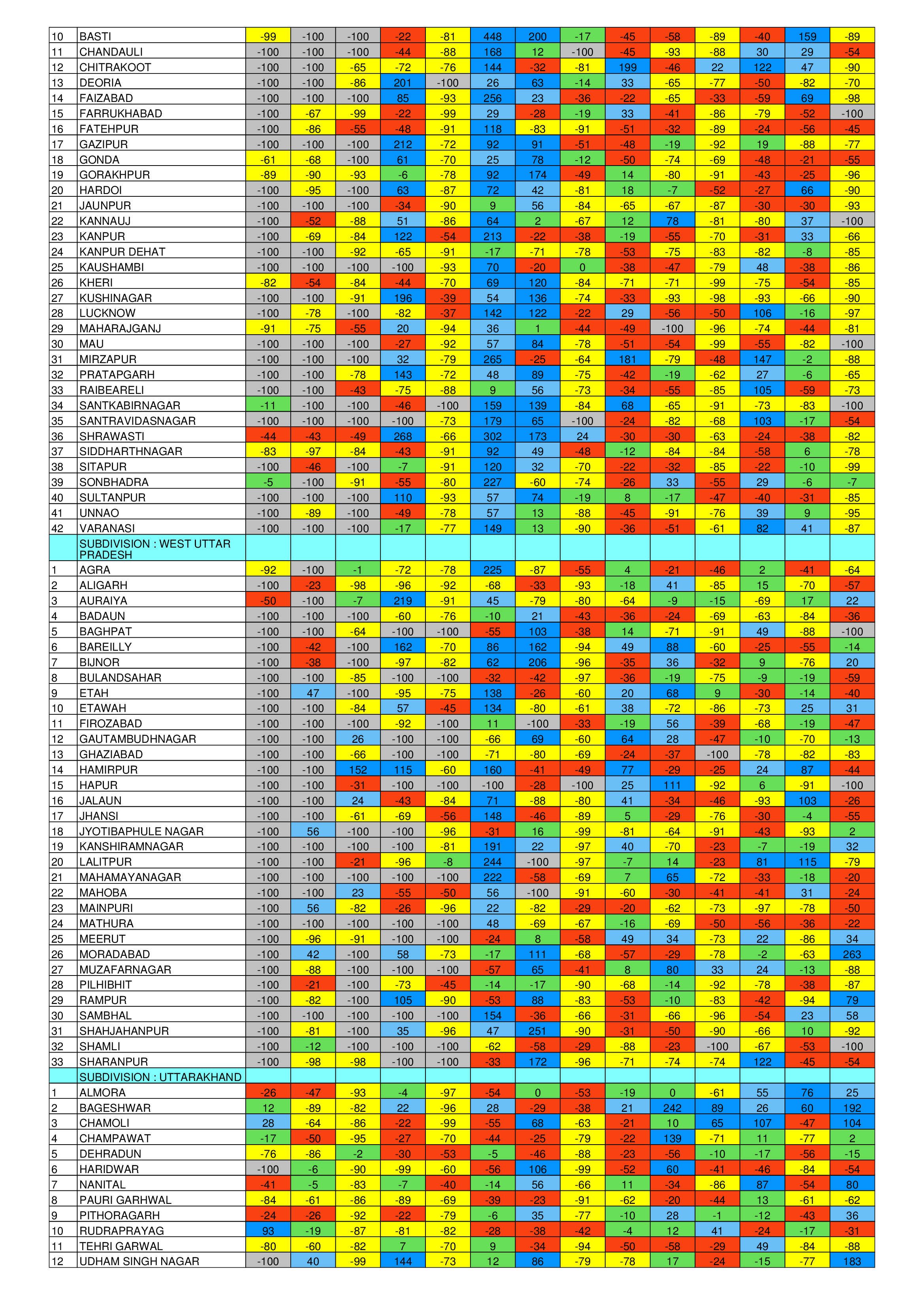



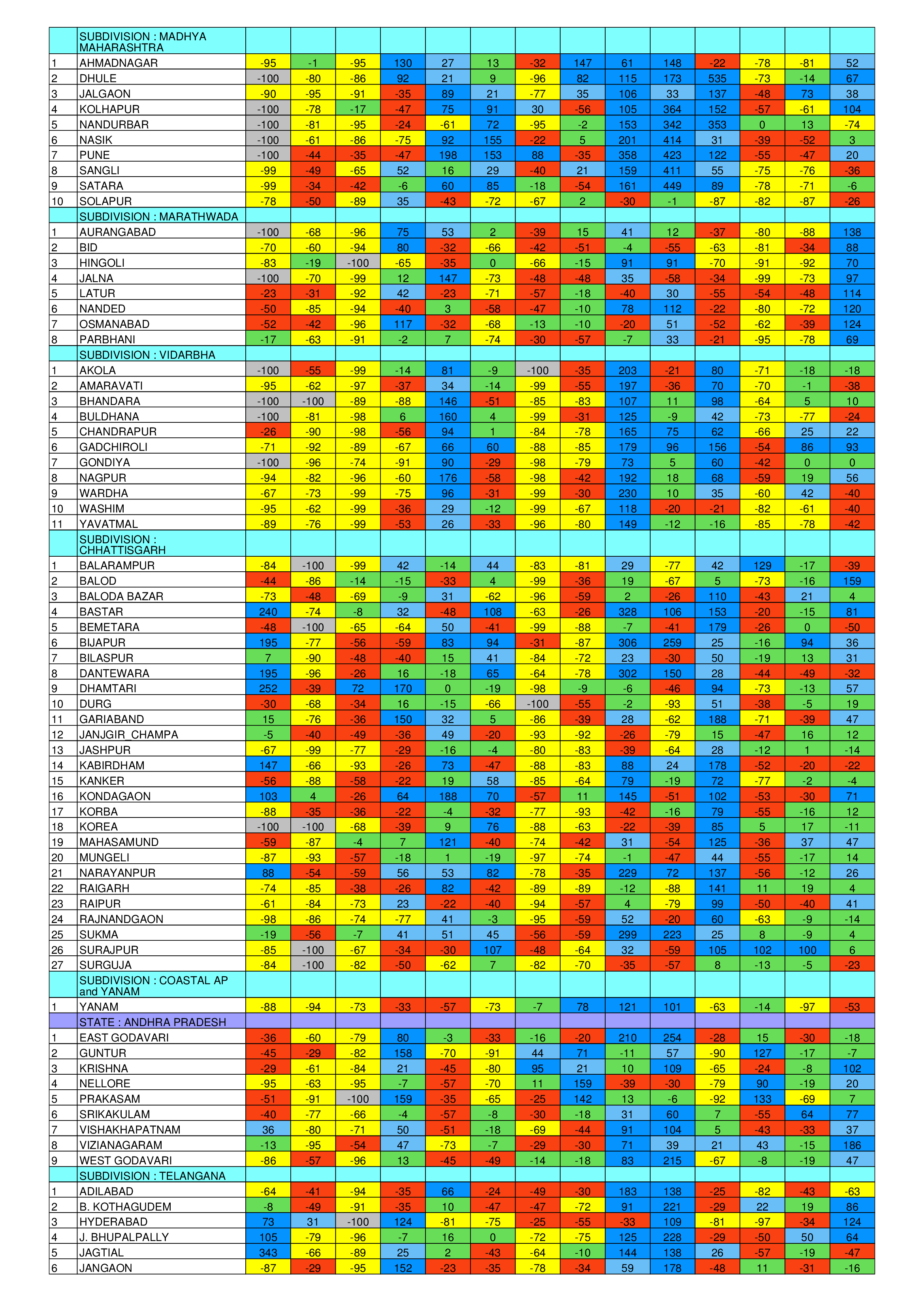
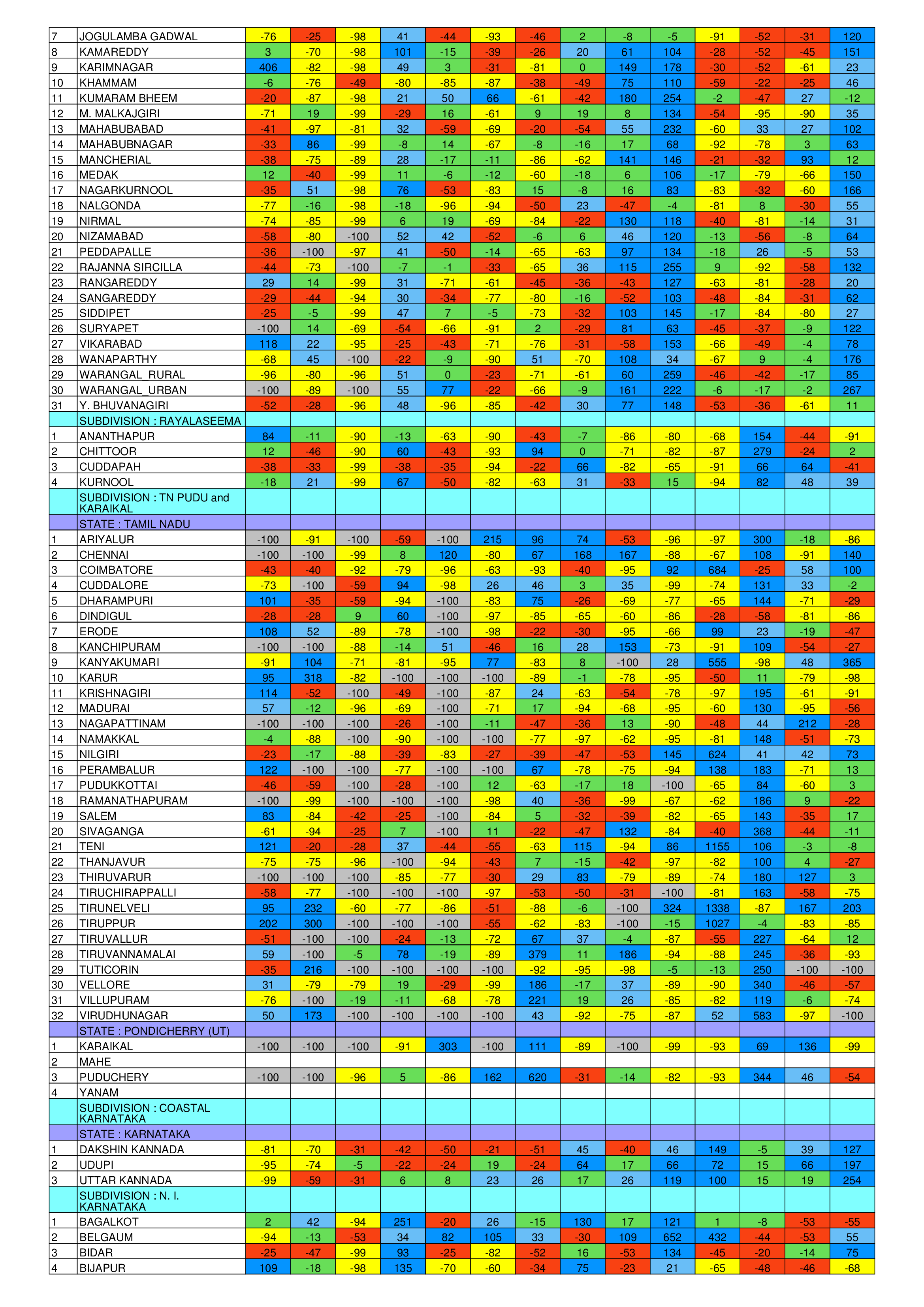
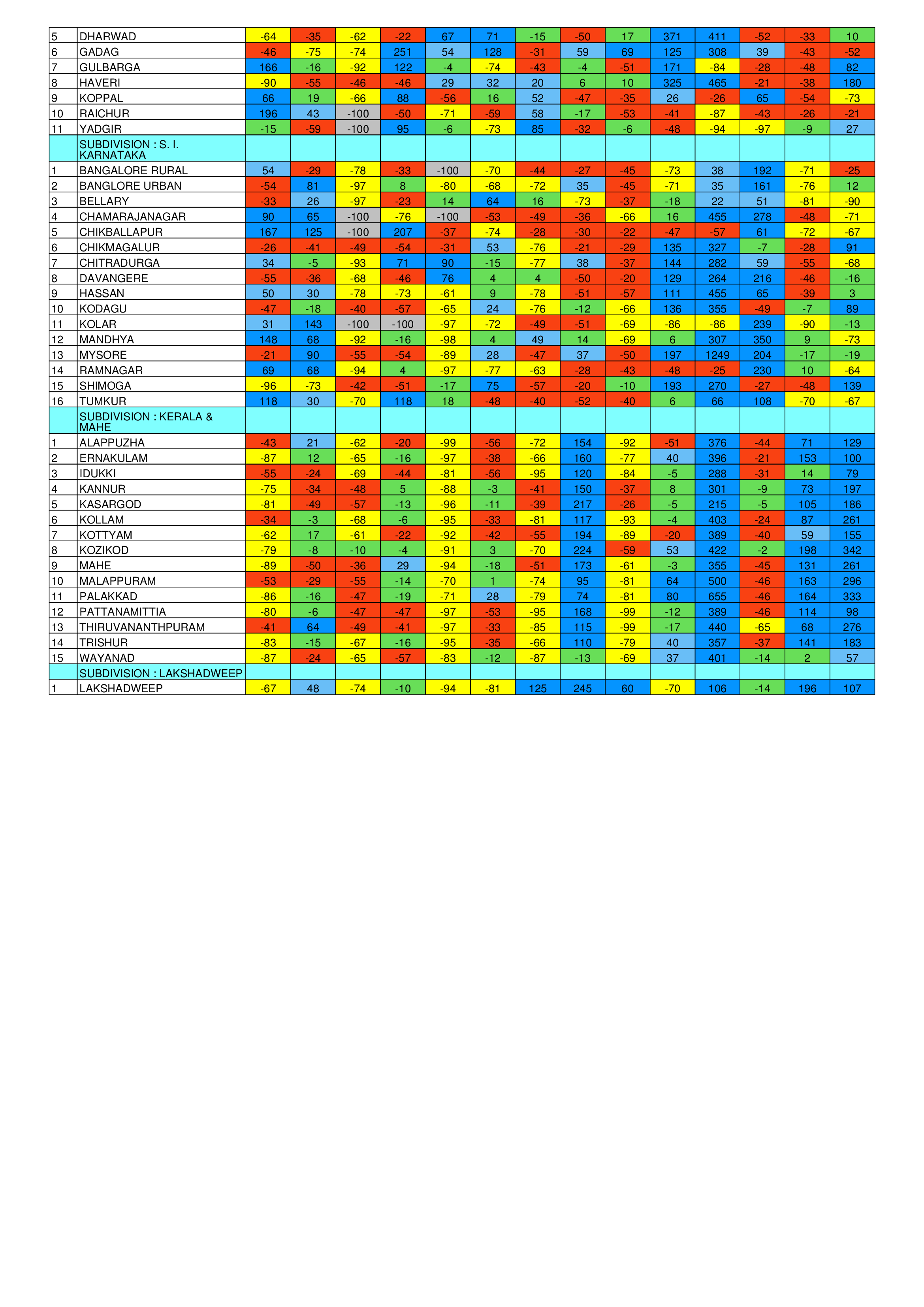

Weekly data from India Meteorological Department is available here.
